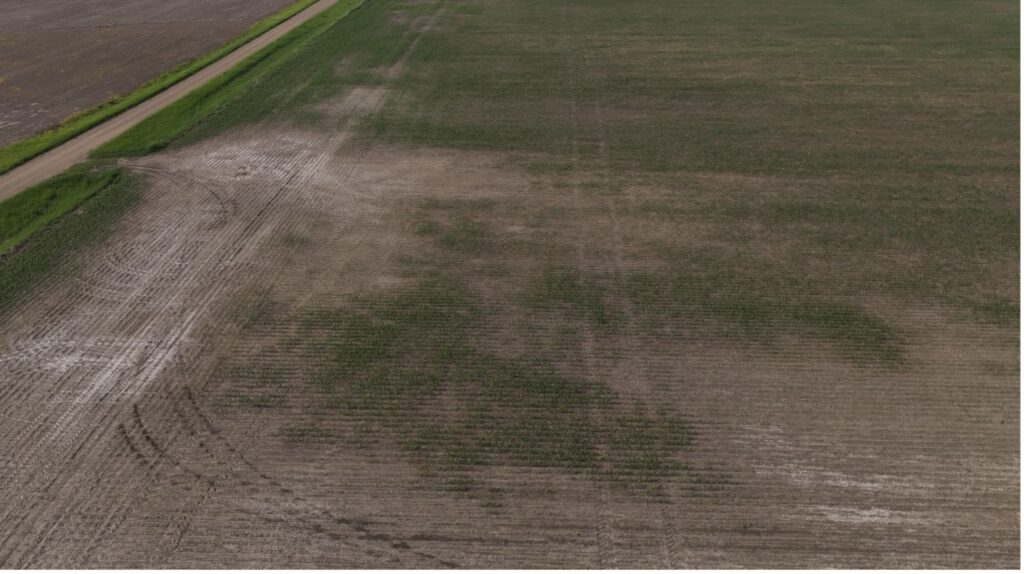Join our Mailing list!
Get all latest news & be the first to know about upcoming events.
Treating high salinity soil areas the same as the rest of the field is a formula for failure.
Farming through saline soils and treating them the same as the rest of the field wastes inputs and produces lower yields, and results in a drag on overall field profits. Some producers are finding alternative ways to get a return off these areas, by planting perennials.
“In a lot of these salinity areas, you put all this money in, putting seed on, putting fertility on,” says Craig Stehly, who farms more than 10,000 acres near Mitchell with his brother Gene. “Especially when margins are tight, the yield is so low you’ve got a very negative margin pulling down the better producing areas.”
The fix for that negative margin for the Stehlys’ is grass. “We have a lot of fields where 10 percent to 20 percent of the area is in a negative margin all the time, Craig says. “On those areas, even if you don’t get a lot of return off the grass, at least you’re saving on the inputs. The really bad ones, the only way you can fix them is with perennial grass.”
Craig says they also change management above high saline areas, where the saline is coming from. “You’ve got to go up the side slope a ways, outside the area where you see the salinity, with things like cover crops to reduce the source,” he says.
Some of Craig’s neighbors deal with salinity by simply refusing to put any inputs into that area of the field. But they agree it’s important to keep growing plants like cover crops in the saline source area outside the area that’s very visibly saline. The plant roots absorb the moisture and nutrients, keeping nutrients that are already in place from moving downslope into the high saline area.
South Dakota farmers who are reducing inputs and planting saline areas to grass agree that the most common-sense approach is to plant perennial grass in the place of crops. They point out there are government programs that can assist.
Find out more from a farmer discussion of how to address salinity problems in this video.

High salinity areas can be very visible from the air. That view is a good way to delineate the area you want to treat differently from the rest of the field.
Photo courtesy Joe Dickie
Get all latest news & be the first to know about upcoming events.